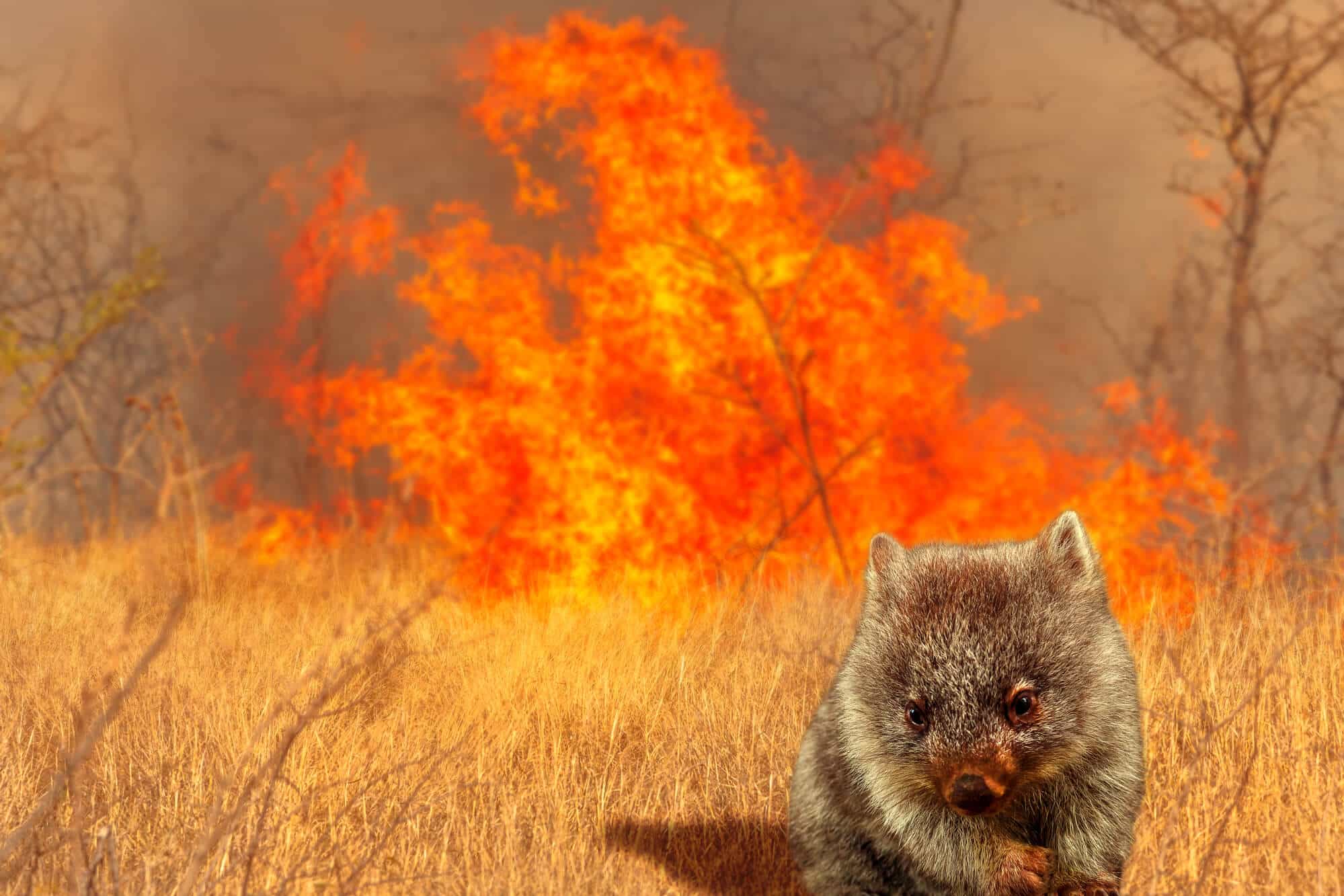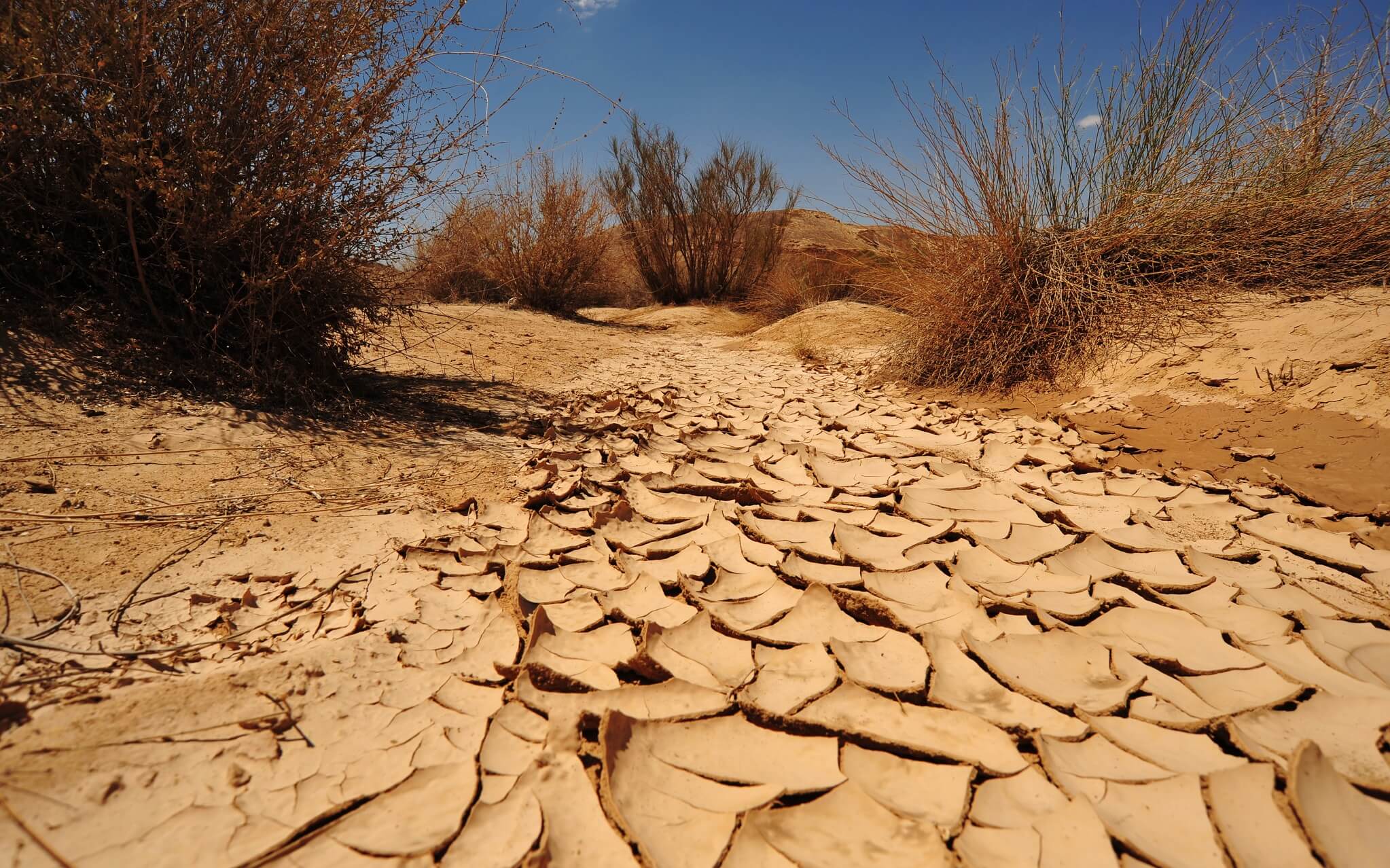Climate change and its devastating impact are well known. However, in the last two years we are increasingly witnessing the threatening consequences of extreme climatic events, as was the case last summer in England when a temperature of 40 degrees was measured for the first time. The situation will only get worse and accelerate the extinction of many living creatures, says Prof. Uri Roll, one of the leaders of the research

For the first time since temperature measurements began in the world, a new international study led by Ben-Gurion University of the Negev, examined the expected impact of extreme climatic events on wildlife all over the world, until the end of the 21st century. "Extremist events have become more frequent, prolonged and radical, and therefore they pose a real threat to the animal world," warns Prof. Ori Roll, one of the leaders of the study. The study was published in the prestigious journal Nature.
Climate change and its devastating impact are well known. However, in the last two years we are witnessing more and more the threatening consequences of extreme climatic events, as was the case last summer in England, when for the first time since the measurements began, a temperature of around 40 degrees was measured.
A new international study led by Ben-Gurion University of the Negev, examined for the first time the expected impact of extreme climatic events on wildlife all over the world, taking into account different emission scenarios. The study examined over 30,000 species of birds, mammals, reptiles, and amphibians in the world, while addressing the threatening effects of temperature extremes by the end of the 21st century.
Until now, predictions about the vulnerability of different animal species to temperature increases have tended to focus on average annual temperatures as a source of climate change. This approach largely ignores the potentially drastic effects of short-term extreme heat events. Extreme heat events, defined as periods in which the temperature rises above a historical percentile, threaten biodiversity under different scenarios of global warming. "The events of extremism have become more frequent, prolonged and radical and therefore they pose a real threat to the animal world", warns Dr. Gofel Morley, from the Desert Research Institutes and the School of Sustainability and Climate Change at Ben-Gurion University of the Negev and the leader of the research.

The biggest challenge in predicting vulnerability in animals is the need to know the temperature above which an organism will not survive (the 'thermal tolerance limit'). Such data are currently only available for a few hundred animal species, which limits the scope of research. To overcome this and make the prediction more accurate, the researchers quantified the exposure of the geographic ranges of various species to future extreme temperatures (between 2015 and 2099) by considering historical data. They assigned upper threshold values under four warming scenarios for each species individually (over 30,000 species of birds, mammals, reptiles, and amphibians in the world) based on its past adaptation to temperature.
"We found that in the hottest climate scenario (warming of almost 4.4 degrees Celsius by 2099), 41% of terrestrial vertebrate species will experience extreme temperature events in more than 50% of their geographic distribution ranges," explains Prof. Roll. “In a world 4.4 degrees Celsius warmer, 3,773 species are expected to experience extreme temperatures for most of the year. Our work also revealed that animals in arid regions of the world are expected to be the most exposed to extreme temperatures."
The results of the study show that extreme temperature events may become a major threat to vertebrates in the near future. Another important threat to biodiversity, habitat change, may further exacerbate its effects. The common risk posed by these two threats requires intervention and taking governmental and individual actions to reduce greenhouse gas emissions that will help reduce the serious risk of extreme heat. Prof. Shay Meiri From the Steinhardt University of Nature Museum in Tel Aviv - a research partner concludes "a number of complementary measures of climate change must be integrated into the plans and risk assessments for nature conservation, in order to make the best use of the limited conservation resources".
The research group included: Dr. Gofel Murali and Prof. Uri Roll from Ben-Gurion University of the Negev, Prof. Shai Meiri from the Steinhardt Natural History Museum, Tel Aviv University and Prof. Takuya Iwomura from the University of Geneva, Switzerland.
This research (No. 406/19*) was supported by the National Science Foundation.
Link to a picture of cracked soil in Israel. Photo: Prof. Uri Roll: https://imagelibrary.bgu.ac.il/pf.tlx/2W2fk2mSEOE
Link to an interactive map to view the effects of extreme events on animals under two different scenarios (the most severe and the most optimistic). Credit: Dr. Gopal Morli:
